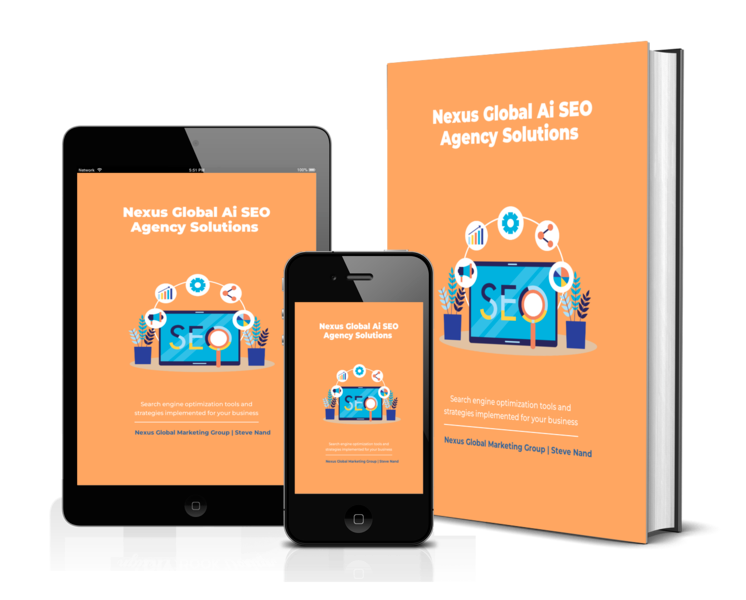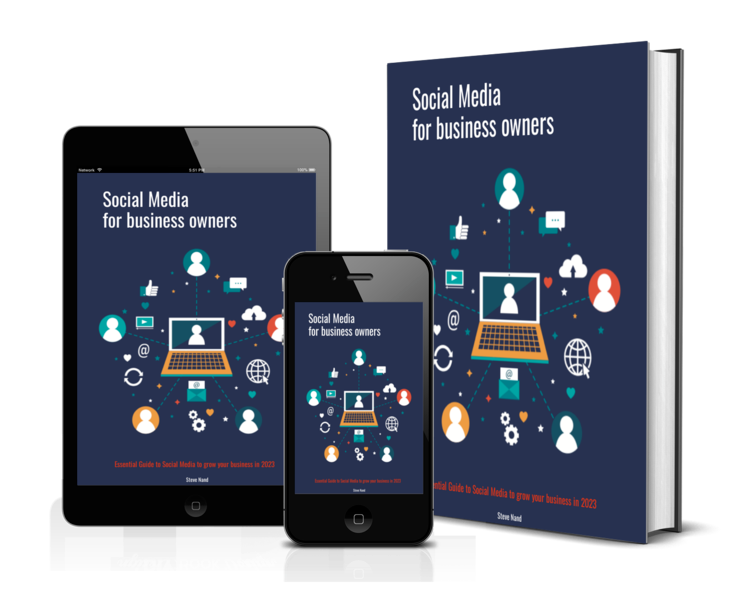Content is the backbone of successful marketing, and crafting a robust content strategy from scratch can elevate your brand and engage your audience. In this guide, you’ll discover step-by-step techniques to define your goals, understand your audience, and create compelling content that resonates. By focusing on key elements such as planning, execution, and analysis, you will set the stage for consistent growth and impact. Let’s explore the important components that will empower you to build a content strategy that delivers results.
Understanding Content Strategy
While many entrepreneurs view content creation as an isolated task, understanding content strategy is imperative for building a comprehensive plan that drives results. A well-defined content strategy clarifies your objectives, guides your messaging, and aligns your content with the needs and interests of your audience. This holistic approach ensures that every piece of content you create serves a purpose, adds value, and contributes to your overall business goals.
Defining Your Goals
For your content strategy to be effective, you need to define what you hope to achieve. This could range from increasing brand awareness and generating leads to improving customer engagement or driving sales. By establishing clear, measurable goals, you create a roadmap that guides your content creation process and helps you evaluate your success.
Identifying Your Target Audience
Your target audience is the specific group of people you wish to reach and engage with your content. Understanding who they are, what they value, and their pain points enables you to create content that resonates with them.
Identifying your target audience involves conducting market research, analyzing existing customer data, and developing buyer personas. These personas should capture demographics, interests, and behaviors, providing you with a clearer picture of your audience’s motivations. With a well-defined audience in mind, you can tailor your content to meet their needs, ensuring it is relevant and impactful, which ultimately drives engagement and loyalty.
Key Factors in Content Creation
Some imperative factors in content creation will determine the success of your strategy. Your content should be engaging, informative, and tailored to your audience’s needs. Consider the following points:
- Audience understanding
- Consistency in voice
- SEO optimization
- Visual appeal
- Measuring success
Any successful content strategy requires attention to these key factors to thrive.
Research and Development
For crafting effective content, thorough research and development are imperative. Understanding what topics resonate with your audience and the existing market landscape can help you create relevant content. Additionally, leveraging analytics tools can provide insights into what works best in your niche.
Content Types and Formats
Content creation involves various types and formats that cater to different audience preferences. By diversifying your content, you can capture a broader audience and keep them engaged. Consider these content types:
- Blog posts
- Infographics
- Videos
- Podcasts
- Social media posts
Perceiving the potential of each format allows you to strategically place your messages in different mediums, maximizing reach.
| Content Types | Format Examples |
|---|---|
| Article | Ebook, Blog post |
| Visual | Infographic, Slide deck |
| Audio | Podcasts, Audiobooks |
| Video | Tutorials, Webinars |
| Interactive | Quizzes, Surveys |
Development in your content strategy involves knowing your audience’s preferences and delivering the right format. Using a mix of types and media can engage your audience effectively. Here are some key considerations:
- Target audience
- Message clarity
- Platform suitability
- Content lifecycle
- Feedback and iterations
Perceiving the diverse landscape of content types enables you to tailor your strategy effectively, ensuring you meet your audience’s preferences and needs.
| Considerations | Implications |
|---|---|
| Target audience | Customized content |
| Message clarity | Improved understanding |
| Platform suitability | Maximized engagement |
| Content lifecycle | Strategic updates |
| Feedback and iterations | Continuous improvement |
How to Plan Your Content Calendar
If you want to streamline your content creation process, a well-structured content calendar is important. Start by outlining your goals and target audience to identify the types of content that will resonate with them. Organize your themes and select appropriate formats, ensuring you have a balanced mix that engages your audience throughout the year.
Scheduling Content
Calendar your content by choosing specific dates for publishing. This helps you create a consistent flow and stay on track with your submissions. Utilize tools like Google Calendar or dedicated software to visualize your timeline, allowing you to integrate timely events or trends that are relevant to your audience.
Balancing Content Themes
Any successful content strategy needs a mix of themes to keep your audience engaged. A diverse selection prevents monotony and attracts different segments of your audience while establishing you as a well-rounded authority in your niche.
To effectively balance your content themes, consider creating a matrix that outlines the various subjects you want to cover. This will help you visualize which topics are trending and identify gaps in your content. By ensuring a mix of educational, entertaining, and promotional posts, you’ll create a more dynamic experience for your audience. Regularly review your themes to adapt to audience preferences and seasonal trends, keeping your content fresh and relevant.
Tips for Promoting Your Content
Your content promotion strategy is necessary for reaching a wider audience and maximizing engagement. Consider these key tactics:
- Leverage social media platforms to share your content.
- Utilize email marketing to connect with your subscribers.
- Collaborate with influencers to expand your reach.
- Engage in online communities related to your niche.
After employing these strategies, you’ll likely see an increase in traffic and brand awareness.
Social Media Strategies
You can effectively use social media to amplify your content by tailoring your posts to match each platform’s audience. Create engaging visuals and headlines to capture attention and encourage shares. Additionally, utilize hashtags to increase visibility and participate in trending conversations relevant to your content.
Using SEO Effectively
Your content needs to be optimized for search engines to increase its discoverability. Focus on researching relevant keywords and incorporating them naturally into your content, titles, and metadata. Ensure your website is mobile-friendly and has fast loading times, which will enhance user experience and boost your search engine ranking.
The right SEO practices can greatly improve your content’s visibility over time. Consider using tools like Google Analytics to monitor performance and adjust your strategies based on data-driven insights. Additionally, creating high-quality backlinks and writing engaging meta descriptions can further enhance your content’s reach and effectiveness.
Measuring Success
Now, it’s time to evaluate how effectively your content strategy is performing. To get a clear picture of your success, you must track and analyze relevant metrics that reflect your goals. This will help you understand what strategies are working, what needs improvement, and how you can refine your approach for better results.
Analytics Tools
To measure your content’s performance effectively, you should leverage analytics tools that provide insights into user engagement, traffic sources, and behavior on your site. Tools like Google Analytics, SEMrush, and HubSpot can offer valuable data that helps you assess your content’s reach and impact on your target audience.
Key Performance Indicators (KPIs)
Now, focus on defining the Key Performance Indicators (KPIs) that align with your content goals. These measurable values will help you determine how successful your content strategy is in achieving its objectives.
For instance, you might track metrics such as website traffic, conversion rates, social media shares, and email open rates. Each of these KPIs provides a different perspective on your performance, enabling you to identify areas where your content excels and where it may fall short. By analyzing these indicators regularly, you can make informed decisions to optimize your strategy and drive better results.

Adapting Your Strategy Over Time
Many successful content strategies evolve to stay relevant. As you implement your initial plan, it’s important to remain flexible and responsive to changes in your audience’s preferences and industry trends. Explore discussions like What’s an example of a decent content strategy? to gain insights into how others adapt their approaches.
Gathering Feedback
If you want to fine-tune your content strategy, actively seek out feedback from your audience. Utilize surveys, social media interactions, and website analytics to gain insight into what your readers find valuable. This feedback can reveal strengths and weaknesses, allowing you to tailor your content more effectively.
Making Data-Driven Adjustments
You need to harness the power of analytics to inform your content adjustments. By regularly examining key metrics such as engagement rates, traffic sources, and user behaviors, you can identify which aspects of your strategy are resonating and which need rethinking.
Another aspect to consider is aligning your content changes with your overarching goals. If a specific type of post consistently receives low engagement, you might decide to pivot towards formats that perform better. Implement A/B testing to experiment with different styles and approaches, ensuring that your strategy remains dynamic and targeted.
Conclusion
Summing up, building a winning content strategy from scratch involves understanding your audience, setting clear objectives, and consistently evaluating your approach. You should focus on creating quality content that resonates with your audience while leveraging various channels for distribution. By continuously optimizing your strategy based on performance metrics, you will not only enhance engagement but also drive results that align with your business goals. Embrace flexibility and adapt as needed to ensure your content strategy remains effective and sustainable over time.




















